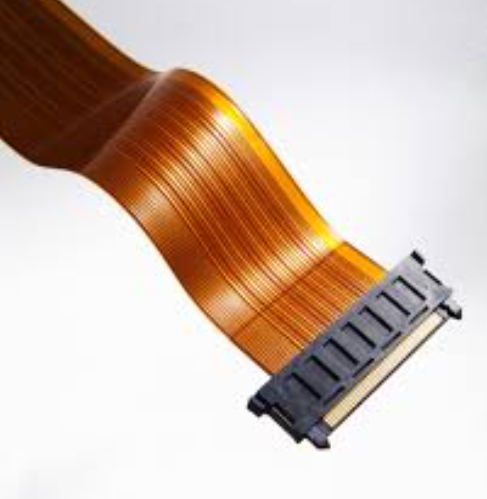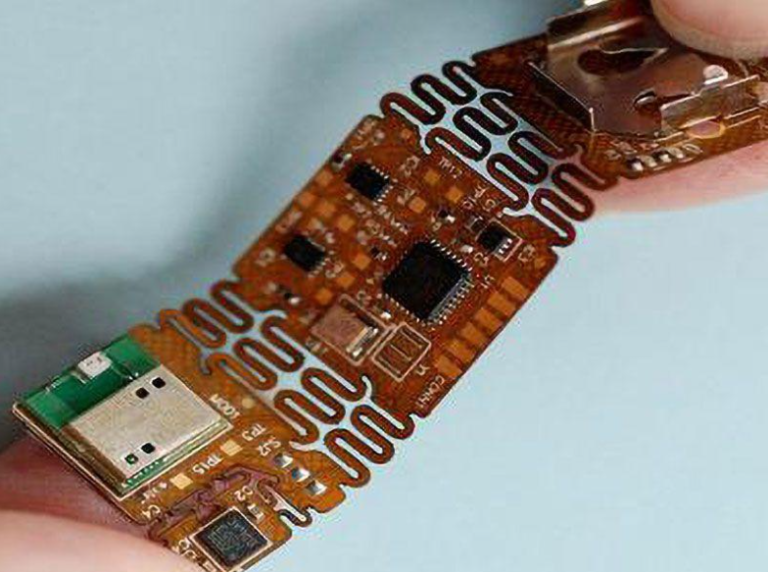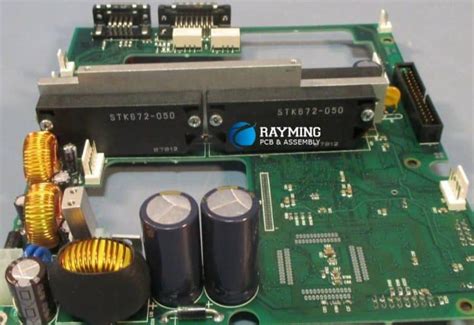Flex pcb battery
Advantages Of Using Flex PCB Battery Design
The integration of flexible printed circuit boards (Flex PCBs) in battery design has revolutionized the electronics industry, offering a multitude of advantages that enhance both performance and reliability.
One of the primary benefits of using Flex PCBs battery design is their inherent flexibility,
which allows for innovative and compact configurations. This flexibility enables designers to create batteries that can fit into unconventional shapes and spaces, making them ideal for modern electronic devices that demand sleek and ergonomic designs. Consequently, this adaptability leads to more efficient use of space within the device, contributing to overall miniaturization and weight reduction.
Moreover, Flex PCBs are known for their durability and resilience.
Unlike traditional rigid PCBs, Flex PCBs can withstand mechanical stress and bending without compromising their functionality. This characteristic is particularly advantageous in applications where the battery is subject to frequent movement or vibration, such as in wearable technology, medical devices, and portable electronics. The ability to endure such conditions without failure ensures a longer lifespan for the battery and, by extension, the device itself.
In addition to their physical robustness, Flex PCBs offer superior electrical performance.
The materials used in Flex PCBs, such as polyimide, provide excellent thermal stability and electrical insulation. This results in lower signal interference and improved overall efficiency of the battery. Furthermore, the design flexibility of Flex PCBs allows for optimized routing of electrical connections, reducing the length of conductive paths and minimizing resistance. This optimization not only enhances the battery’s performance but also contributes to energy efficiency, which is crucial for battery-powered devices.
Another significant advantage of using Flex PCBs in battery design is their potential for integration with other components.
Flex PCBs can be designed to incorporate various electronic elements, such as sensors, connectors, and integrated circuits, into a single, cohesive unit. This level of integration simplifies the assembly process, reduces the number of interconnections, and minimizes potential points of failure. As a result, the overall reliability of the battery system is improved, and manufacturing costs are lowered due to the reduced need for additional components and assembly steps.
Furthermore, the use of Flex PCBs in battery design aligns with the growing trend towards environmentally friendly and sustainable practices.
Flex PCBs are typically made from materials that are more environmentally benign compared to those used in traditional rigid PCBs. Additionally, the manufacturing process for Flex PCBs often involves fewer harmful chemicals and generates less waste. This eco-friendly aspect is increasingly important as industries strive to reduce their environmental footprint and comply with stringent regulations.
The advantages of Flex PCBs extend beyond just the technical and environmental aspects; they also offer economic benefits.
The ability to design and produce custom-shaped batteries with Flex PCBs can lead to significant cost savings in the long run. By optimizing the use of materials and reducing the need for additional components, manufacturers can achieve economies of scale and lower production costs. Moreover, the enhanced reliability and durability of Flex PCBs translate to fewer returns and warranty claims, further contributing to cost efficiency.
In conclusion, the use of Flex PCBs in battery design presents a myriad of advantages that cater to the evolving demands of modern electronic devices. Their flexibility, durability, superior electrical performance, and potential for integration make them an ideal choice for innovative battery solutions. Additionally, their alignment with sustainable practices and economic benefits underscores their significance in the future of battery technology. As the electronics industry continues to advance, the role of Flex PCBs in battery design is poised to become increasingly pivotal.
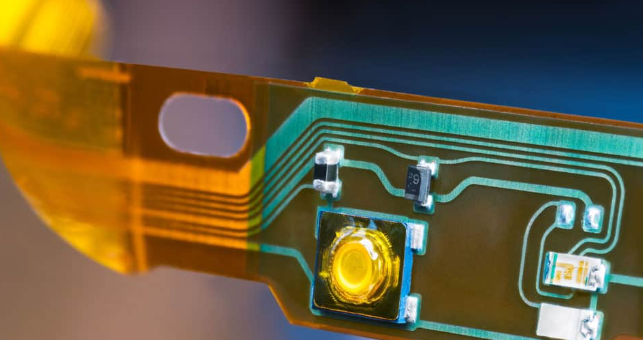
Manufacturing Process Of Flex PCB For Battery Applications
The manufacturing process of flexible printed circuit boards (Flex PCBs) for battery applications is a sophisticated and intricate procedure that demands precision and expertise. Flex PCBs are essential in modern electronics due to their ability to bend and conform to various shapes, making them ideal for compact and portable devices. The process begins with the selection of appropriate materials, which is crucial for ensuring the durability and functionality of the final product. Polyimide is commonly used as the base material due to its excellent thermal stability and flexibility.
Once the material is selected, the next step involves the creation of the circuit pattern.
This is typically achieved through a photolithographic process. A photoresist is applied to the polyimide substrate, and a mask with the desired circuit pattern is placed over it. Ultraviolet light is then used to expose the photoresist, which hardens in the exposed areas. The unexposed areas are subsequently washed away, leaving behind the circuit pattern on the substrate.
Following the patterning process, the substrate undergoes an etching procedure to remove unwanted copper, revealing the desired circuit traces. This is a critical step, as any errors in etching can lead to circuit failures. The etched substrate is then cleaned to remove any residual chemicals and debris. At this stage, the substrate is inspected for defects to ensure the integrity of the circuit.
The next phase involves the application of a protective layer, typically a solder mask, to shield the circuit traces from environmental factors and mechanical damage.
The solder mask is applied through a screen-printing process and then cured using ultraviolet light. This protective layer not only enhances the durability of the Flex PCB but also prevents short circuits during the soldering process.
Subsequently, the Flex PCB undergoes a drilling process to create vias and holes for component placement.
This is achieved using precision drilling machines that ensure accurate hole placement. The drilled holes are then plated with copper to establish electrical connections between different layers of the PCB. This step is followed by another round of cleaning and inspection to ensure the quality of the plated holes.
The final assembly process involves the placement and soldering of electronic components onto the Flex PCB
Surface-mount technology (SMT) is commonly used for this purpose, where components are placed on the surface of the PCB and soldered using reflow soldering techniques. This process requires precise control of temperature and timing to ensure strong and reliable solder joints.
After assembly, the Flex PCB undergoes rigorous testing to verify its functionality and performance.
Electrical tests are conducted to check for continuity, short circuits, and proper component placement. Additionally, environmental tests may be performed to assess the Flex PCB’s resilience to temperature variations, humidity, and mechanical stress.
In conclusion, the manufacturing process of Flex PCBs for battery applications is a meticulous and multi-step procedure that demands high levels of precision and quality control. From material selection and circuit patterning to etching, drilling, and assembly, each step is critical in ensuring the reliability and performance of the final product. As technology continues to advance, the demand for Flex PCBs in battery applications is expected to grow, driving further innovations in manufacturing techniques and materials.
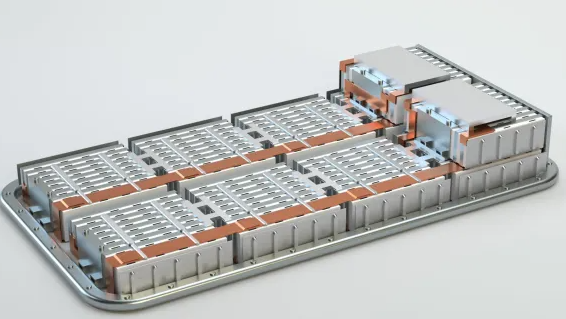
Flex PCB Battery Solutions For Wearable Technology
Flex PCB battery solutions are revolutionizing the landscape of wearable technology, offering unprecedented flexibility, durability, and efficiency. As the demand for more compact, lightweight, and versatile electronic devices continues to grow, the integration of flexible printed circuit boards (PCBs) with battery technology has emerged as a pivotal innovation. This advancement is particularly significant in the realm of wearable technology, where the need for seamless integration with the human body necessitates components that can bend, twist, and conform to various shapes without compromising performance.
One of the primary advantages of flex PCB batteries is their ability to conform to the contours of wearable devices. Traditional rigid PCBs and batteries often impose design constraints, limiting the potential for creating truly ergonomic and comfortable wearables. In contrast, flex PCBs can be designed to fit into unconventional spaces, allowing for more creative and user-friendly designs. This flexibility is achieved through the use of thin, lightweight materials such as polyimide or polyester films, which provide the necessary mechanical properties while maintaining electrical integrity.
Moreover, the integration of flex PCB batteries enhances the durability and reliability of wearable devices.
Wearables are subjected to constant movement and stress, which can lead to mechanical failures in rigid components. Flex PCBs, however, are designed to withstand repeated bending and flexing, reducing the risk of breakage and extending the lifespan of the device. This robustness is particularly crucial for applications such as fitness trackers, smartwatches, and medical monitoring devices, where consistent performance is essential.
In addition to their mechanical advantages, flex PCB batteries also offer significant improvements in energy efficiency.
The ability to integrate the battery directly onto the flexible circuit board reduces the need for additional connectors and wiring, which can introduce resistance and energy loss. This streamlined design not only enhances the overall efficiency of the device but also contributes to a reduction in size and weight, further benefiting wearable technology.
Furthermore, the manufacturing process for flex PCB batteries is highly adaptable, allowing for customization to meet specific application requirements.
Advanced fabrication techniques, such as roll-to-roll processing, enable the production of large quantities of flexible circuits with high precision and consistency. This scalability is essential for meeting the growing demand for wearable devices in various sectors, including healthcare, fitness, and consumer electronics.
The integration of flex PCB batteries also opens up new possibilities for innovation in wearable technology.
For instance, the development of flexible, stretchable batteries can lead to the creation of next-generation wearables that are not only more comfortable but also capable of new functionalities. Imagine a smart garment that can monitor vital signs, provide haptic feedback, and even generate power from body movements—all made possible by the seamless integration of flex PCB batteries.
Despite these advantages, there are challenges to be addressed in the widespread adoption of flex PCB battery solutions.
Ensuring the reliability of flexible connections, managing heat dissipation, and optimizing energy density are critical areas of ongoing research and development. However, the potential benefits far outweigh these challenges, making flex PCB batteries a promising solution for the future of wearable technology.
In conclusion, flex PCB battery solutions represent a significant advancement in the design and functionality of wearable technology. By offering enhanced flexibility, durability, and energy efficiency, these innovative components are paving the way for more ergonomic, reliable, and versatile wearables. As research and development continue to address existing challenges, the integration of flex PCB batteries is poised to drive the next wave of innovation in the wearable technology industry.
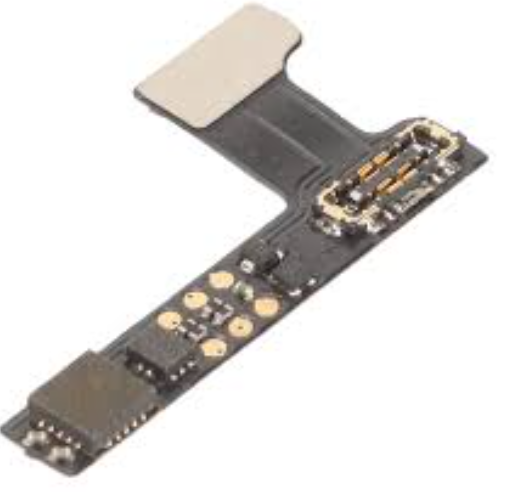
Innovations In Flex PCB Battery Integration For Electric Vehicles
The rapid evolution of electric vehicles (EVs) has necessitated advancements in various technological domains, one of which is the integration of flexible printed circuit boards (flex PCBs) with battery systems. Flex PCBs, known for their adaptability and lightweight properties, have emerged as a pivotal component in enhancing the efficiency and performance of EV batteries. This innovation is driven by the need to optimize space, reduce weight, and improve the overall reliability of electric vehicles.
To begin with, the inherent flexibility of flex PCBs allows for more efficient use of space within the battery pack.
Traditional rigid PCBs often impose design constraints due to their inflexible nature, leading to suboptimal use of available space. In contrast, flex PCBs can be bent and folded to fit into irregularly shaped spaces, thereby maximizing the volume available for battery cells. This spatial efficiency is crucial in electric vehicles, where every cubic centimeter counts towards extending the driving range and improving performance.
Moreover, the lightweight nature of flex PCBs contributes significantly to the overall weight reduction of the battery system. Electric vehicles are highly sensitive to weight, as it directly impacts their energy consumption and range. By replacing heavier rigid PCBs with lighter flex PCBs, manufacturers can achieve a notable reduction in the weight of the battery pack. This weight savings translates into improved energy efficiency and longer driving ranges, which are critical factors for the widespread adoption of electric vehicles.
In addition to space optimization and weight reduction, flex PCBs offer enhanced reliability and durability in the demanding environment of electric vehicles.
The dynamic nature of EVs subjects their components to constant vibrations, temperature fluctuations, and mechanical stresses. Flex PCBs, with their ability to withstand bending and flexing, are inherently more resilient to these stresses compared to their rigid counterparts. This resilience ensures a longer lifespan and greater reliability of the battery system, thereby reducing maintenance costs and enhancing the overall user experience.
Furthermore, the integration of flex PCBs with battery management systems (BMS) in electric vehicles has opened new avenues for advanced monitoring and control.
Flex PCBs can be designed to incorporate various sensors and communication modules, enabling real-time monitoring of battery parameters such as temperature, voltage, and current. This real-time data is crucial for the efficient management of the battery pack, ensuring optimal performance and safety. Advanced BMS, facilitated by flex PCBs, can dynamically adjust charging and discharging rates, balance cell voltages, and predict potential failures, thereby enhancing the overall safety and efficiency of the battery system.
The manufacturing process of flex PCBs also offers advantages in terms of scalability and cost-effectiveness.
Modern fabrication techniques allow for the mass production of flex PCBs with high precision and consistency. This scalability is essential for meeting the growing demand for electric vehicles, as it ensures that high-quality components can be produced in large quantities at a reasonable cost. Additionally, the use of flex PCBs can simplify the assembly process of battery packs, further reducing manufacturing costs and time.
In conclusion, the integration of flex PCBs with battery systems represents a significant innovation in the field of electric vehicles. By optimizing space, reducing weight, enhancing reliability, and enabling advanced monitoring and control, flex PCBs contribute to the overall efficiency and performance of EVs. As the demand for electric vehicles continues to rise, the role of flex PCBs in battery integration is poised to become increasingly important, driving further advancements in this transformative technology.

